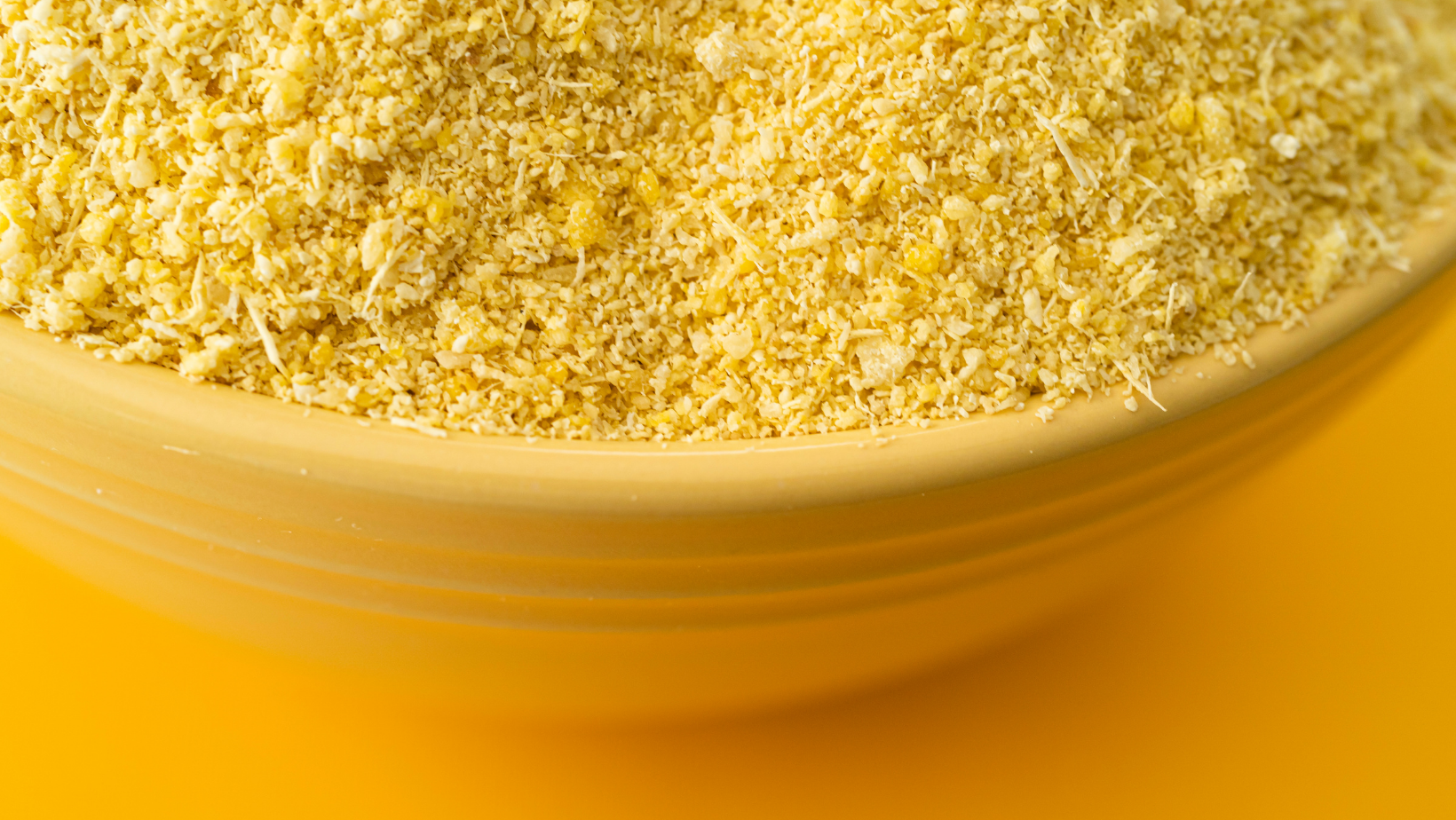Cassava (Manihot utilissima) is commonly known as manioc, tapioca or arrowroot. In Yoruba it is called Ege, in Ibo it is Akpu and in Hausa it is Rogo.
Cassava is believed to have been introduced into West Africa from Brazil by Portuguese explorers. It is now one of the most widely cultivated staple foods. It is easy to cultivate, requiring little care, and when processed can be stored relatively easily. The leaves are mainly used in animal foods, but only the roots are used widely for human consumption. Although the roots of some species are eaten peeled and boiled, cyanide is present in significant amounts in other species. This toxic substance is eliminated by the natural fermentation process in the production of garri and fufu – the most popular products of cassava in Nigeria.
Cassava is an economical source of carbohydrate, but has little other nutritive value and should therefore always be eaten with protein and vitamin rich foods.
While garri is usually purchased ready for use, it can also be prepared at home, more so if you are seeking a top quality product. The roots are dug up and peeled, usually on the spot. They are then washed and soaked in water for a few hours. The roots are then grated, packed in a tightly woven but porous bag and weights are placed on the bags for three days to eliminate much of the water. On the fourth day, the bag is opened and the contents are then sieved and roasted a little at a time. A few drops of palm oil can be added to facilitate roasting and to give colour and flavour. The taste, colour and consistency of garri made in different areas varies. Some garri is preferred for drinking (soaked garri), other types for eba.
To make eba (cooked garri) you boil water twice the quantity of the dry garri. Pour the garri in the boiling water quickly, but not all at once. It should be wet throughout the settled mass of grains. Pour off the excess water, if any. Mix with a wooden spoon, pressing out any lumps that may have formed. Turn while cooking for two more minutes to ensure that the starch in the garri is well cooked for easy digestion. The consistency should be thick, but not so stiff as to be indigestible.
